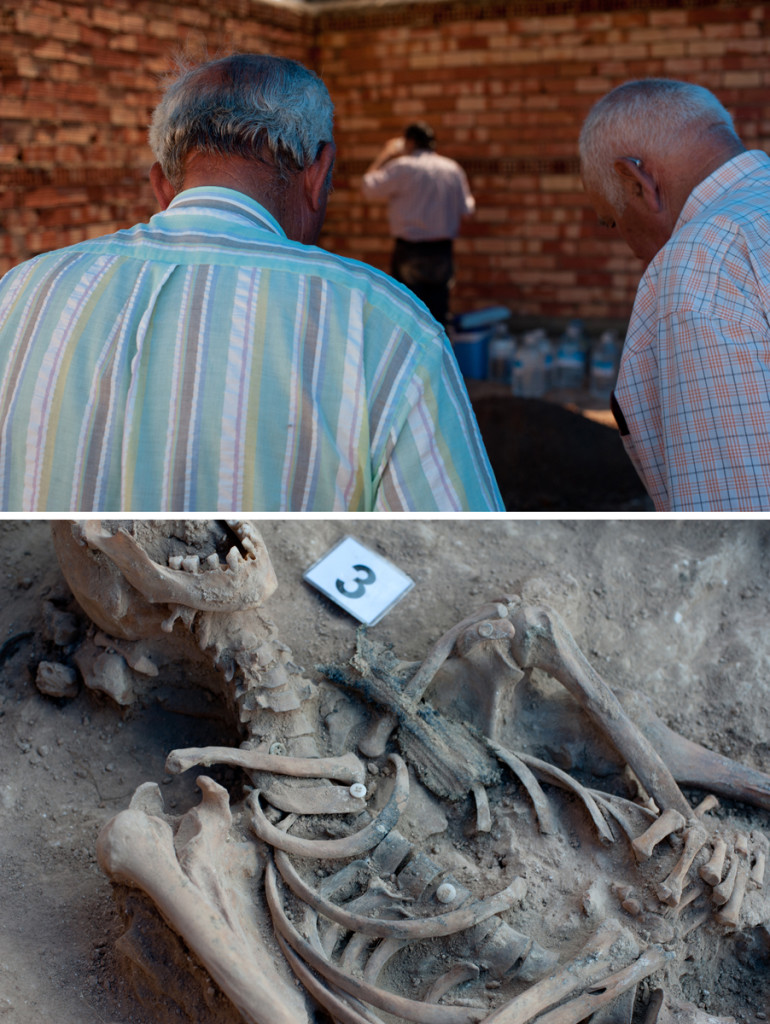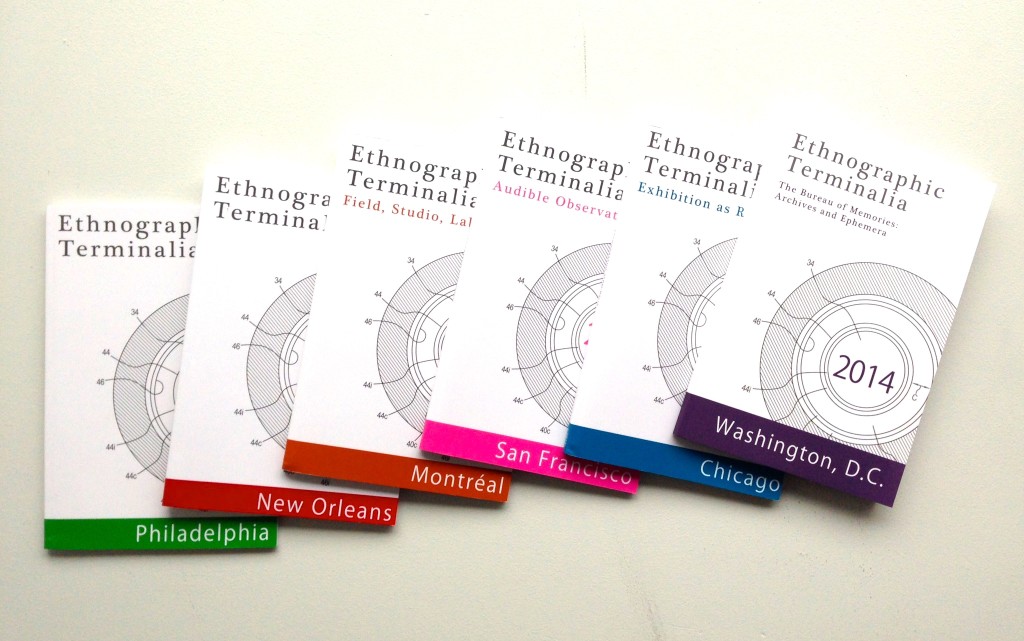
© Lee Douglas, 2016
There is a verb in the Spanish language that alludes to ideas of both surveillance and care. Vigilar can mean to watch, but also to be attentive; to monitor as well as to observe. During fieldwork, I scribbled this word into the margins of my notebook, deploying it to describe something that I could perceive, but not yet explain. I used it as a kind of impromptu shorthand that could be employed to make note of people’s interactions with the dead; with the objects and narratives being uncovered; with the earth and the surrounding landscape.
Since 2000, the kin of those who fell victim to the Spanish fascism have turned to forensic science as a tool for unearthing evidence of Francoist crimes. Mass grave exhumations are sites where exerting vigilance becomes a way to actively engage with a past that is being surfaced and reclaimed. In the act of observing, watching over, and caring for the dead, new forms of knowledge about the past are produced and made to mean.
The images presented in this photo-essay are a point of entry into the experience of witnessing. They recreate the act of observation and communicate the sense of vigilance that is so integral to exhumation projects. They are also an engaged, analytic form of ethnographic description, through which I, too, am producing knowledge about the act of vigilance and its significance within a larger constellation of practices that seek to reexamine the past. It is a meditation on the act of observation and its role within Spanish exhumation projects and the broader field of ethnographic inquiry. It is a rumination on the practice of taking pictures, the decisions made in choosing a particular frame, and the potentiality of the photographic image as an active agent in the production of anthropological knowledge.
Biography
Lee Douglas is a doctoral candidate in Sociocultural Anthropology and a graduate of the Culture & Media Program at New York University. She holds an MSc in Visual Anthropology from Oxford University. Her research focuses on the intersection of forensic science, archival practice, and photographic documentation during the excavation of mass graves and the identification of remains in post-Franco Spain. Paying close attention to engagements with forensic evidence, her research considers what the entanglement between science, documentary practice, and visual representation reveals about the production and mobilization of knowledge in times of economic austerity and political change.
Originally trained as a photographer, Douglas is committed to re-thinking visual storytelling as a mode of collaboration that can visibilize experiences with political violence. She is a contributor to the exhibition and publication Human Rights/Copy Rights: Visual Archives in the Age of Declassification (Museum of Contemporary Art-Chile); a co-curator of Artless Photographs, a multi-media exhibit showcased at the 2012 FotoFocus Photography Biennial; the co-producer of the e-book Chile from Within published by Susan Meiselas; and the co-director and of What Remains. She is the Visual Essays Editor of Anthropology Now and a founding member of the Madrid-based visual anthropology collectives MateriaPrimaLAB and SplitScreen.

